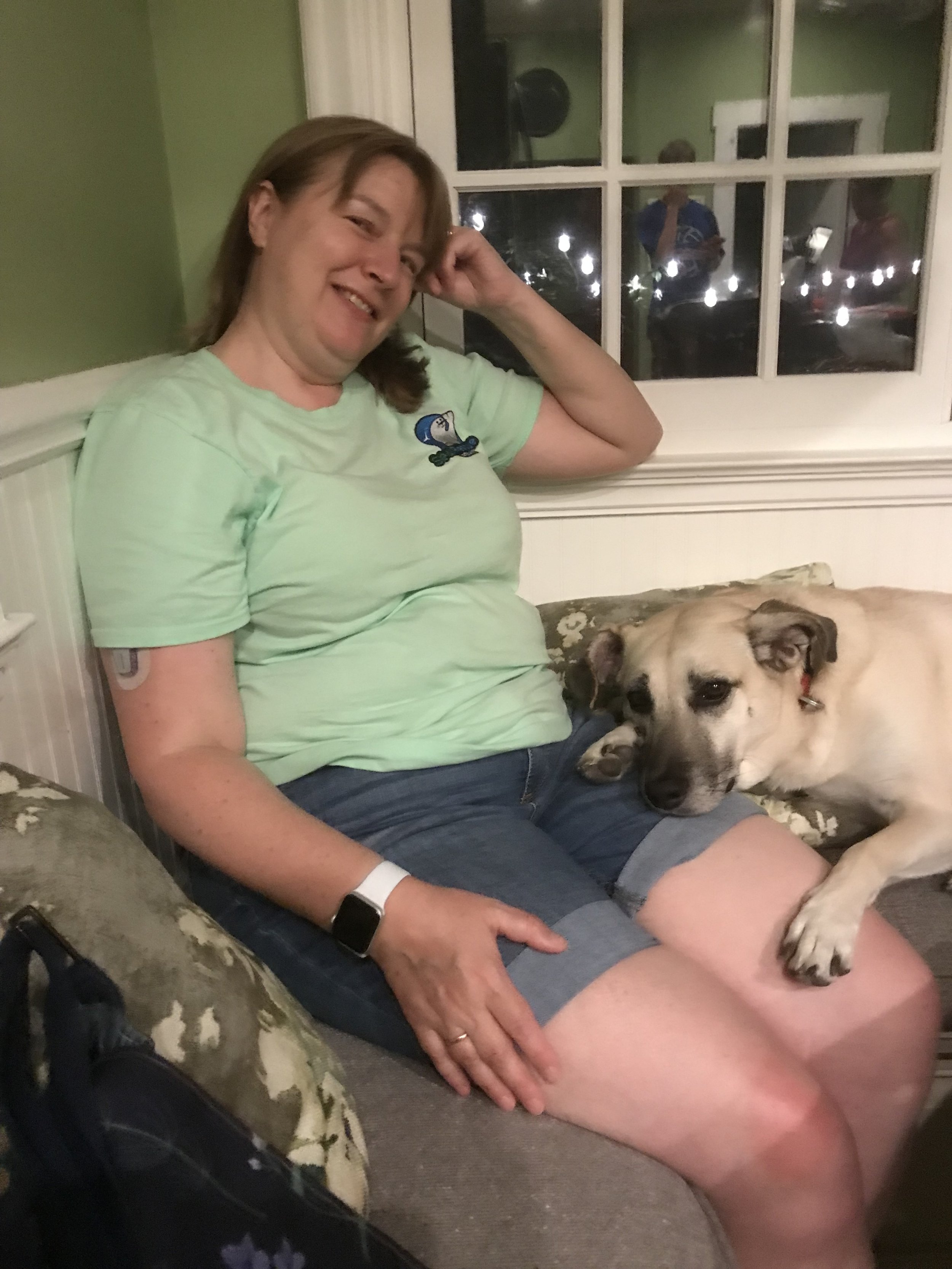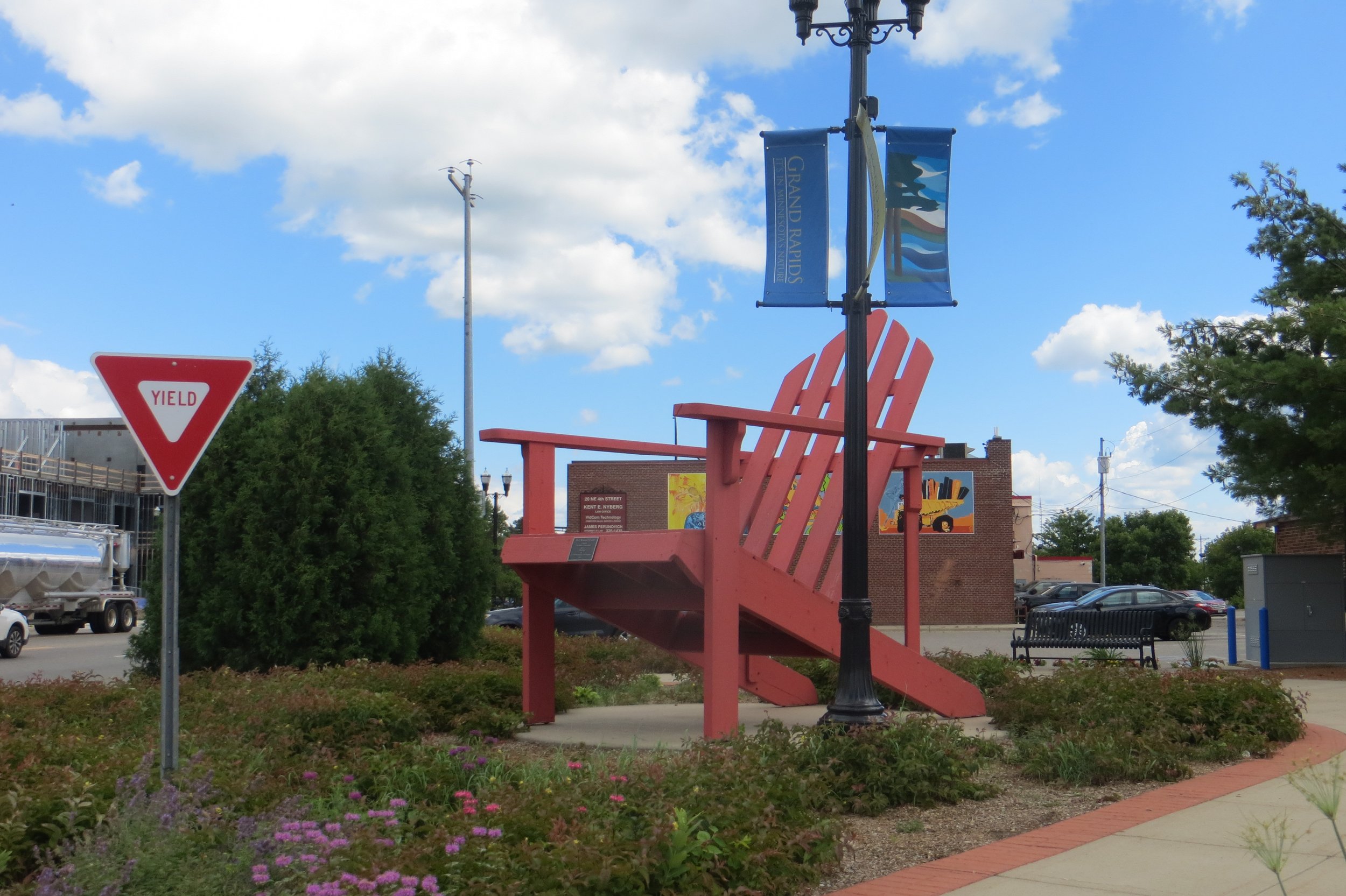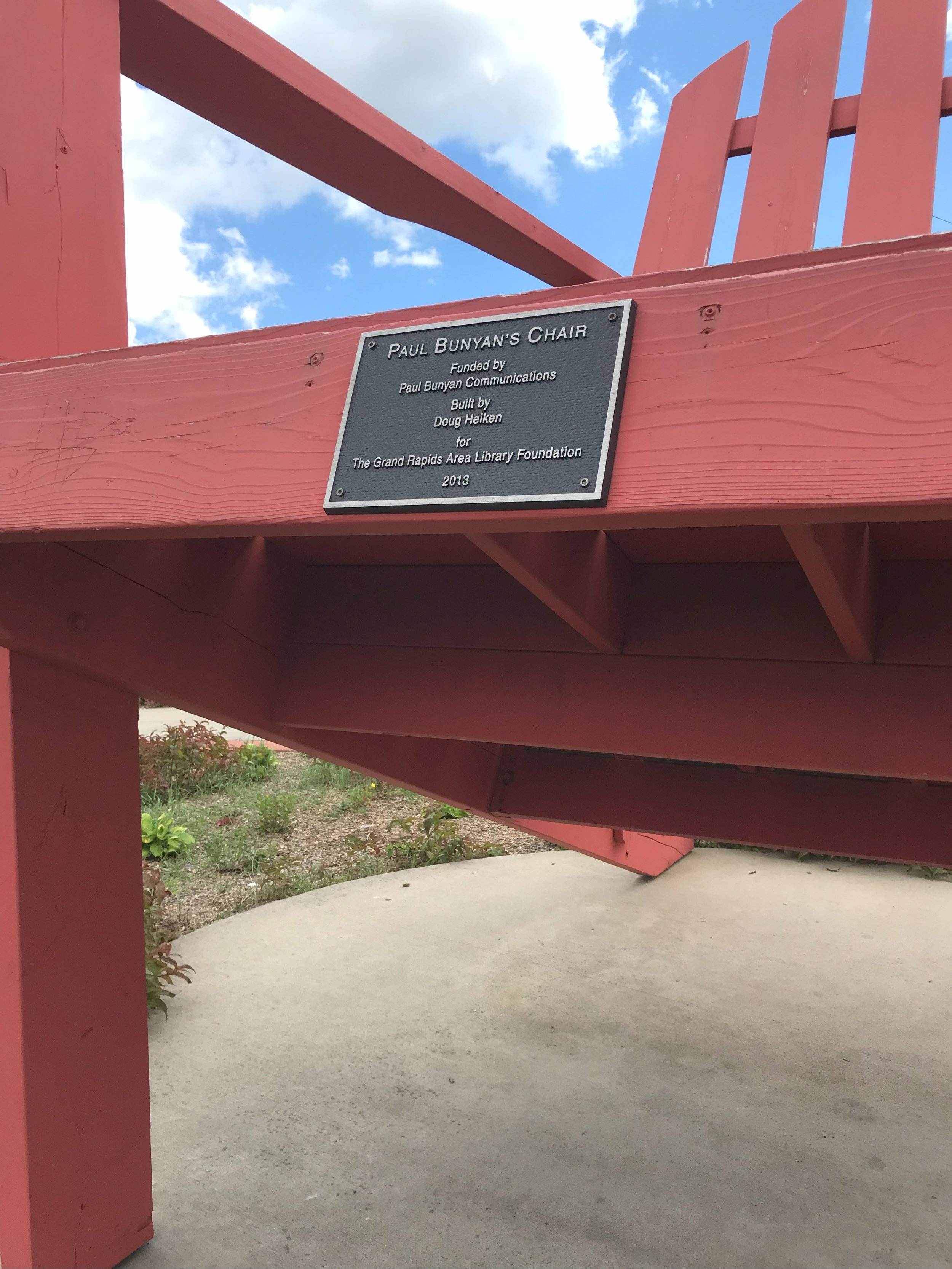There is no such thing as a diabetes holiday or time off from diabetes, is there? When we go on holidays abroad, we deal with unfamiliar foods and their associated carbohydrate content, completely different routines with different activities, aka exercise, different sleep patterns, and hot climates. Taking diabetes on holiday can feel like anything but a holiday. My post this week is about dealing with diabetes when on holiday and how, for me, on my holiday last summer, it was so much more work to manage than when I’m at home.
Copyright @BloodSugarTrampoline
My family’s holidays normally involve flying across the “pond” to visit with my in-laws. We fly over to one place, and most of the family comes to visit us. This has worked well for the 21 family members up until recent years, but now that the grandkid generation is becoming young adults, this is not feasible. So for our 2022 trip, we decided to visit those who lived the farthest and see all of my husband’s brothers, sisters, their spouses and their children where they happened to be at the time of our visit. And by Jove, we saw everyone and then some. We visited six cities, in three states, in three weeks!
Ok, back to diabetes on holiday. Moving locations so much, different kitchens, completely different restaurants, different hotels, different schedules, active days, less active days, the heat and humidity (32 degrees Celsius) and being outdoors meant that it was difficult to figure out from one day to the next what the carb guesstimate was and as mentioned in a previous post I’m terrible at that.
One morning, I had a bagel for breakfast with a best guess carb estimate; it wasn’t my first bagel of the trip, but my blood sugars shot up to 18 mmols. We were planning on doing a lot of walking in the morning, so I was reluctant to correct it too soon and opted for a let’s ‘watch and wait’ approach. I also did a needle change that morning, so I was very anxious that this might be the problem too. I decided not to reduce my background insulin for the exercise until my levels were at least back down to 11 mmols which thankfully it did within two to three hours. Once I had “exercise mode” activated on my pump, my numbers played nice for the rest of outdoor time and, surprisingly, for the rest of the day, even with the intense heat at a water park, a pizza dinner and an ice cream dessert. And even with exercise mode still activated. :-O I only realised that I forgot to switch off exercise mode the next day when thinking ahead for another hike.
I did have a very bad low at 1 am, though. One of those ones where my brain struggled to figure out that I needed sugar and where I kept it. Then, of course, there was a rebound high for HOURS afterwards. Sigh!!! Then, to top it ALL off, I had to insert a new CGM sensor just before breakfast. But at least the sensor was warmed up and active for day two.
It was at this point in the holiday that I was a little tired of diabetes, but I refused to let it spoil the trip. I decided it was only three weeks of my life, and when I got back home, all would be normal diabetes again. And that was my diabetes holiday!
I know lots of people with diabetes are planning their holidays at the moment and might be focused on getting through airports, but I wrote this as an experience of what happens when you get there.









